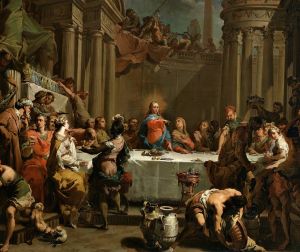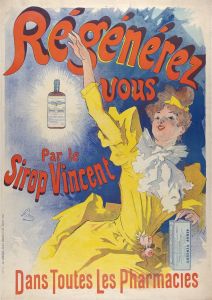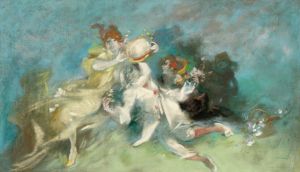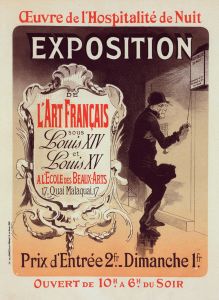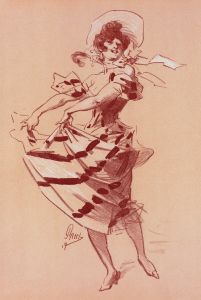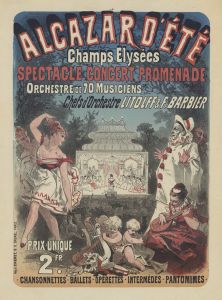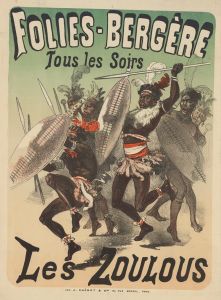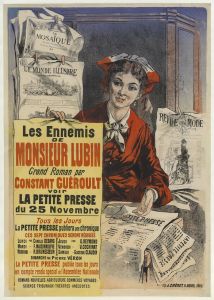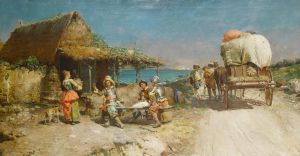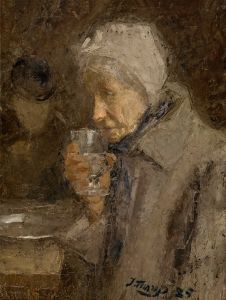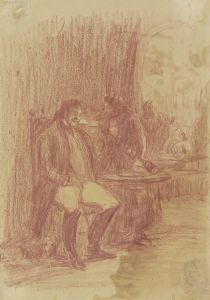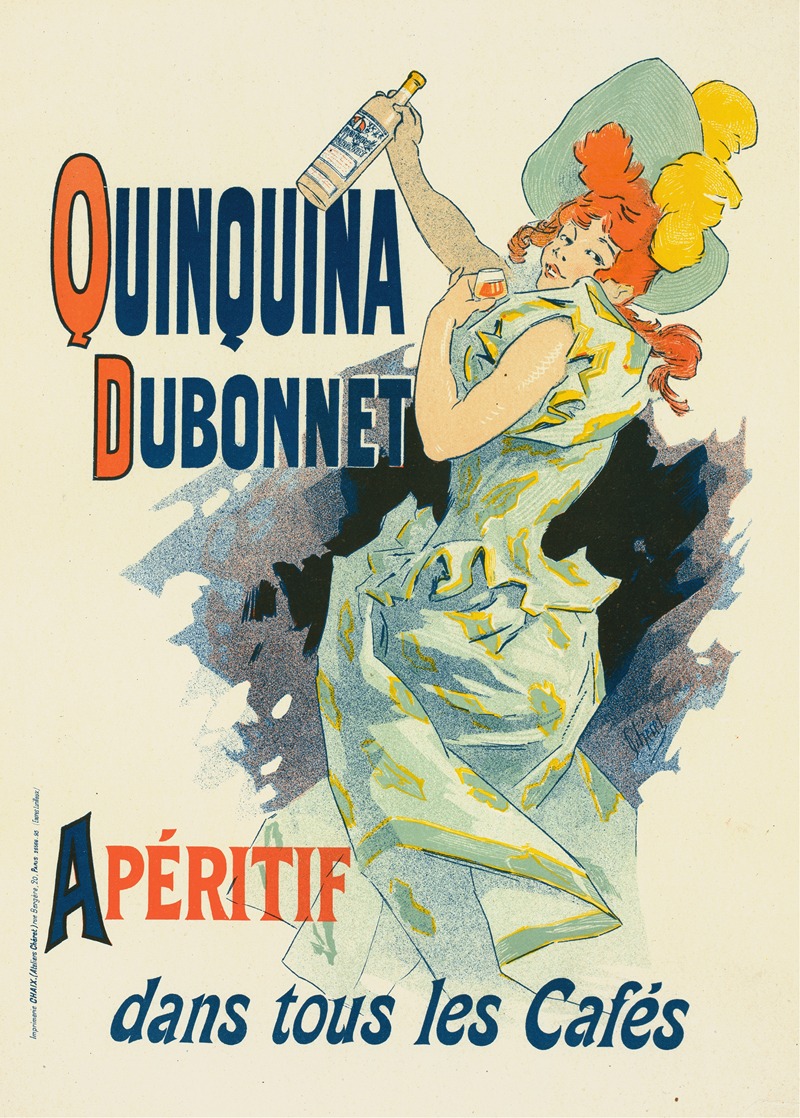
Quinquina Dubonnet
A hand-painted replica of Jules Chéret’s masterpiece Quinquina Dubonnet, meticulously crafted by professional artists to capture the true essence of the original. Each piece is created with museum-quality canvas and rare mineral pigments, carefully painted by experienced artists with delicate brushstrokes and rich, layered colors to perfectly recreate the texture of the original artwork. Unlike machine-printed reproductions, this hand-painted version brings the painting to life, infused with the artist’s emotions and skill in every stroke. Whether for personal collection or home decoration, it instantly elevates the artistic atmosphere of any space.
Quinquina Dubonnet by Jules Chéret is a notable example of late 19th-century French advertising art. Created by Jules Chéret, often referred to as the "father of the modern poster," this work was designed as a promotional piece for Dubonnet, a popular French aperitif. Chéret's posters were instrumental in shaping the visual culture of the Belle Époque period in France, and this particular piece exemplifies his innovative approach to combining art and commercial advertising.
Jules Chéret (1836–1932) was a pioneering lithographer and graphic artist who revolutionized poster design. His work introduced vibrant colors, dynamic compositions, and a sense of movement that distinguished his posters from earlier, more static designs. Chéret's posters often featured lively, elegant figures, frequently women, who embodied the joie de vivre of the era. These figures, sometimes referred to as "Chérettes," became iconic symbols of modernity and sophistication.
The Quinquina Dubonnet poster showcases Chéret's signature style. It features a cheerful, animated figure holding a glass of Dubonnet, surrounded by bright, bold colors and fluid typography. The design effectively captures attention and conveys a sense of enjoyment and celebration, aligning with the product's purpose as an aperitif meant to stimulate the appetite and enhance social gatherings. The use of quinquina, a bitter extract from cinchona bark, was a key ingredient in Dubonnet, giving the drink its distinctive flavor and medicinal qualities, which were often highlighted in its marketing.
Chéret's work, including the Quinquina Dubonnet poster, played a significant role in elevating the status of posters as an art form. His designs were not merely functional advertisements but also celebrated as works of art in their own right. This shift in perception contributed to the development of the Art Nouveau movement, which emphasized the integration of art into everyday life.
The Quinquina Dubonnet poster remains an important artifact of advertising history and a testament to Chéret's influence on graphic design. It is frequently cited in discussions of the evolution of commercial art and continues to be appreciated for its artistic and historical significance.






